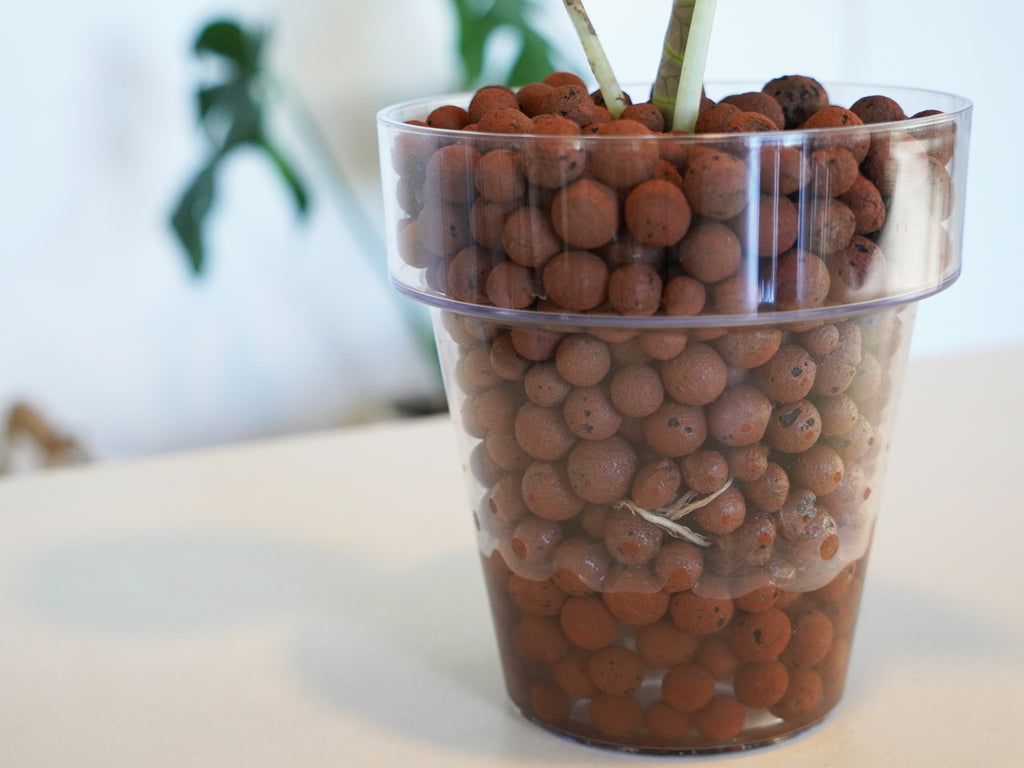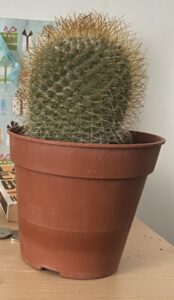When discussing the optimal growth conditions for cacti and succulents, one component that often sparks curiosity is LECA balls. Have you ever wondered how this seemingly unassuming product can transform your plant care routine? While incorporating LECA balls into your planting regimen presents various advantages, it also introduces a few challenges. Let’s delve into the multifaceted benefits of LECA balls while contemplating the potential hurdles they bring.
The term LECA stands for Lightweight Expanded Clay Aggregate. This material is created by heating clay until it expands and becomes lightweight and porous. Often utilized in hydroponic gardening and for drainage, LECA balls have found a robust niche in the realm of cactus and succulent cultivation. Before we dissect the benefits, let’s understand how to incorporate these versatile balls into your existing plant care practices.
Integrating LECA into your cactus—or succulent—care routine involves a few straightforward steps. First and foremost, one must select a suitable container, ideally one with drainage holes. Layer the bottom of the pot with LECA balls to facilitate optimal drainage and aeration. Subsequently, place your cactus or succulent on top of this layer, covering the root zone with a well-draining potting mix, possibly formulated for cacti. This harmonious blend of LECA and soil promotes an environment conducive to growth.
The first benefit of using LECA balls is their remarkable drainage capability. Cacti and succulents are notoriously sensitive to overwatering, making it imperative for growers to provide well-draining substrates. LECA balls excel in this regard; they allow excess water to flow freely, preventing root rot, a common ailment among plants. By facilitating an environment that retains just the right amount of moisture without becoming saturated, LECA significantly enhances the longevity of your plants.
Next, let’s delve into the aeration properties of LECA balls. Being porous, these balls create air pockets within the soil. This increase in airflow to the roots encourages healthy root development. Cacti and succulents, being drought-resistant, benefit from this air circulation, which assists in nutrient absorption. Healthy roots yield flourishing plants, underscoring the integral role of LECA in promoting robust growth.
Additionally, LECA balls contribute to maintaining a consistent temperature for the roots of your plants. Their thermal mass allows them to absorb heat during the day and release it slowly during cooler periods. This temperature regulation prevents extreme fluctuations, which could otherwise stress your delicate cacti and succulents. Consequently, the controlled environment provided by LECA bolsters their growth potential and overall vitality.
One of the most intriguing aspects of LECA balls is their sustainability. Made from natural clay, they are an eco-friendly alternative to traditional potting mediums. As they are reusable and durable, after you’ve successfully cared for your plants, you can clean and recycle LECA balls for future gardening endeavors. This characteristic promotes a sustainable approach to plant care, which is increasingly important in today’s environmentally conscious society.
Now, while the benefits are indeed substantial, it’s essential to consider some challenges associated with using LECA balls. One critical challenge lies in their initial cost. LECA balls may be pricier than traditional potting mediums, which might deter novice plant caregivers. However, one must weigh the long-term advantages against the initial investment. It often becomes evident that the enhanced growth and prolonged health of your plants justify the higher upfront costs.
Moreover, the learning curve associated with utilizing LECA for the first time can be daunting. Watering schedules may need adjustment; because LECA retains less moisture compared to conventional soil. Those transitioning from traditional potting media might struggle to strike the right balance. A simple solution is to monitor your plants closely, observing their responses to watering adjustments while gradually refining your care routine.
Furthermore, while LECA is excellent for drainage, it typically does not provide the same nutrient content that organic soils do. For budding gardeners, this could pose a challenge in ensuring that their cacti and succulents receive adequate nutrition. A viable solution lies in incorporating slow-release fertilizers into the top layer of the soil or adding a nutrient-rich amendment mixed with the LECA in the pot. This way, you can maintain the exceptional drainage qualities of LECA while ensuring your plants thrive.
In conclusion, LECA balls present numerous advantages for cactus and succulent growth, primarily centered around improved drainage, aeration, temperature regulation, and sustainability. The initial challenges, such as cost, learning curves, and nutrient content, are manageable with thoughtful adjustments and an informed approach. Understanding the balance between moisture retention and aeration is paramount—and can ultimately lead to a flourishing indoor garden. So, are you ready to embrace LECA balls and transform your plant care for the better?





Leave a Comment